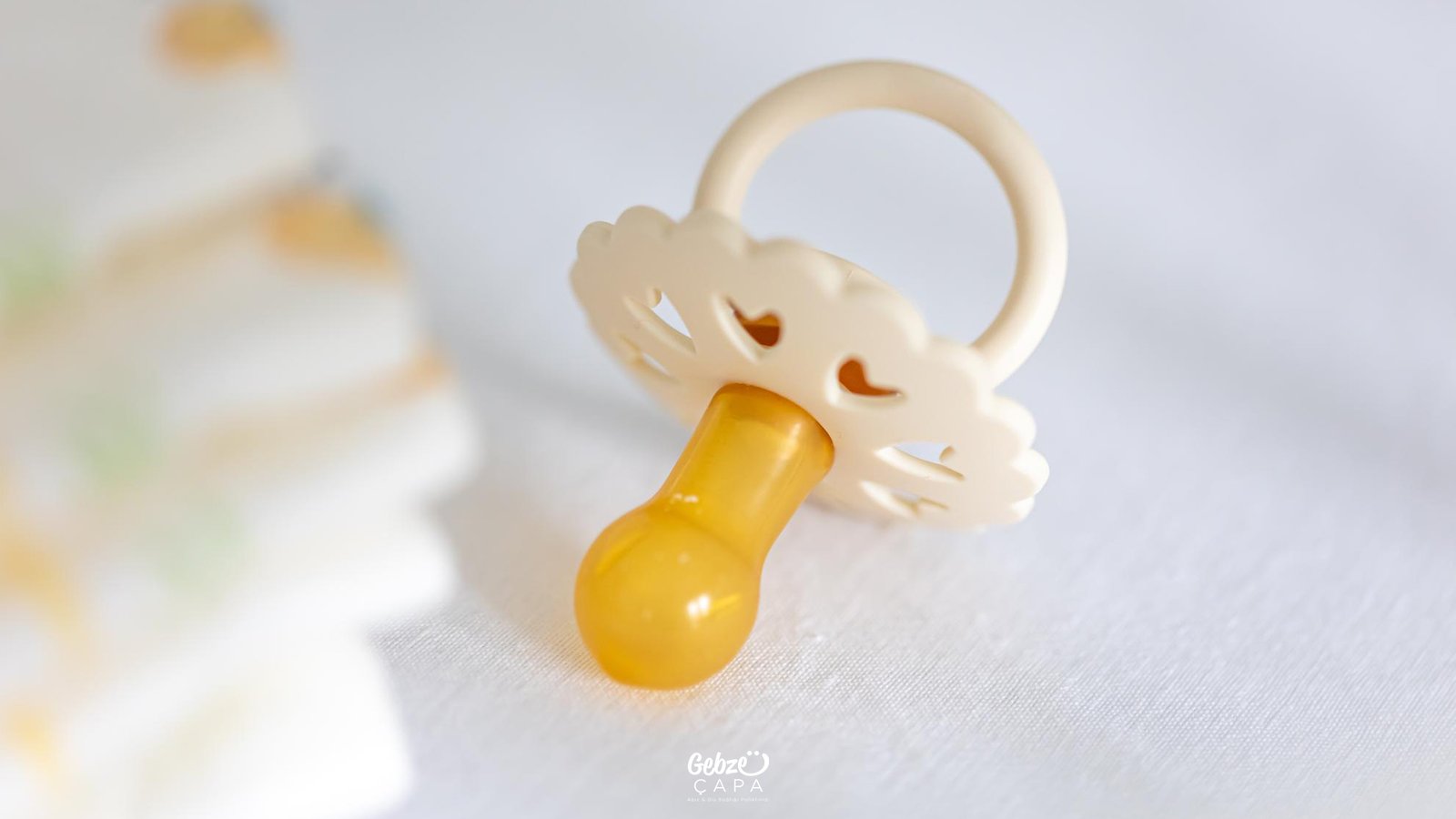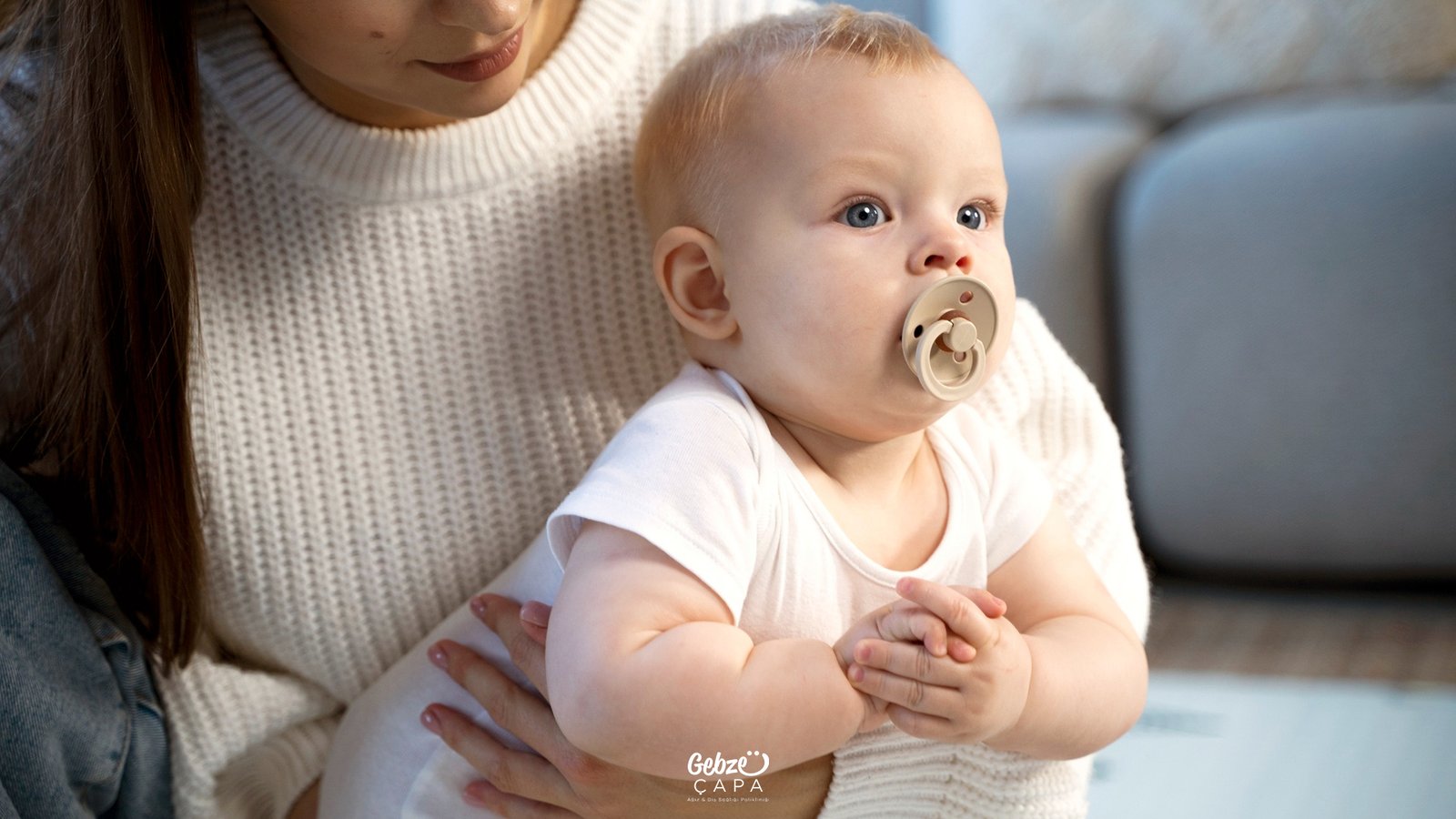The Effects of Pacifier Use on Dental Health
Pacifier, a commonly used soothing tool in the lives of babies and their families. While babies often use pacifiers as a means of comfort, they also offer parents an effective way to calm and soothe their infants. However, in addition to its positive aspects, pacifier use comes with some negative effects. In this article, we will delve into the effects of pacifier use on the dental health of babies and explore ways to manage these effects in detail.
The Positive Effects of Pacifier Use
- Soothing Effect: Pacifiers often have a calming effect on many babies. Babies can quickly settle down by using a pacifier, offering parents an effective way to comfort their infants. Especially in cases of crying, restlessness, and other distress situations, a pacifier can help the baby calm down rapidly. This can reduce parental stress and contribute to the baby sleeping more comfortably.
- Supporting Sleep Patterns: Pacifier use can support the sleep patterns of babies. Babies can use a pacifier to facilitate falling asleep, which can help parents get a better night’s sleep. Using a pacifier throughout the night can make a baby’s sleep more uninterrupted, which in turn can assist parents in getting rest.
- Meeting Sucking Needs: Pacifiers can fulfill a baby’s natural sucking needs. This can reduce the need for breastfeeding or bottle-feeding and allow babies to satisfy their milk cravings through a pacifier. A pacifier can help babies meet their breastfeeding or formula feeding requirements, potentially increasing milk production in breastfeeding mothers and making bottle-fed babies’ feeding more manageable.
- Coping with Nighttime Crying: Pacifiers can help alleviate discomfort when babies experience teething or cry during the night. The pain and discomfort associated with teething can make babies restless. A pacifier can aid in soothing the baby during this period, providing a better sleep experience.

The Negative Effects of Pacifier Use
- Disruption of Oral Structure: Prolonged and continuous pacifier use can negatively impact a baby’s oral structure. Babies may experience forward thrust of the upper jaw and backward movement of the lower jaw, which can impede proper alignment of the teeth. Long-term pacifier use can lead to issues such as open bite, protruding jaw, and dental misalignment.
- Risk of Tooth Decay: Pacifiers can be coated with sweet substances like sugar or honey. These sugary materials can lead to tooth decay in babies and can harm dental health, particularly if pacifiers are used throughout the night. Flavored pacifiers can increase the risk of tooth decay.
- Speech Development Impairment: Prolonged pacifier use can affect a baby’s lip and tongue movements, potentially having a negative impact on their speech development. Restricting lip and tongue movements in babies can hinder speech development. Long-term pacifier use may lead to speech issues such as stuttering, drooling, and lisping.
- Dependency Formation: Babies may have difficulty calming down without a pacifier, leading to a dependency on it. Getting your baby to give up the pacifier can be a challenging transition, and babies may struggle to relax without it, fostering a dependency on pacifiers
Ways to Regulate and Improve Pacifier Use

- Limiting Pacifier Use: Allowing babies to use pacifiers only during sleep times or when they are particularly distressed can help restrict continuous pacifier use. Using the pacifier only during these specific times can assist in preserving dental health. Additionally, gradually reducing the duration of pacifier use can be beneficial in initiating the weaning process.
- Keeping the Pacifier Clean: Regularly cleaning and replacing pacifiers can help prevent tooth decay. Pacifiers should be washed with warm water after each use. Additionally, pacifiers should not be left wet and should be replaced with a new one every 6-8 weeks.
- Regular Dental Health Checkups: Regularly monitoring your baby’s dental development and oral health is crucial. A dentist can identify any signs of abnormal oral structure or dental misalignment and intervene as needed. This allows for the early detection and management of negative effects.
In conclusion, pacifier use has both positive and negative effects. Parents can minimize the negative effects by carefully regulating pacifier use and monitoring their baby’s oral health. The most important point to remember is how pacifier use can be best tailored to meet the needs of the baby and the requirements of the family. Babies’ comfort and health can be preserved with a thoughtful and informed approach.


